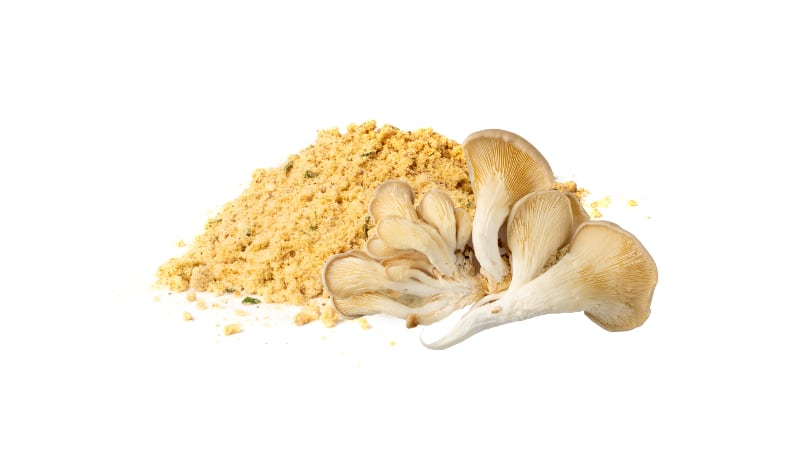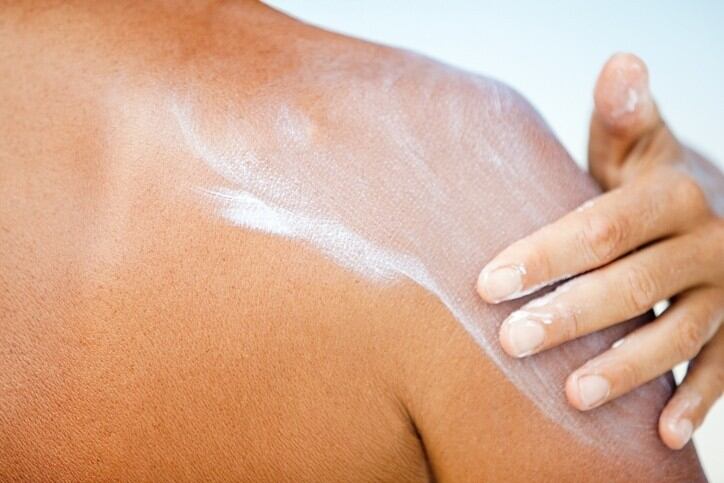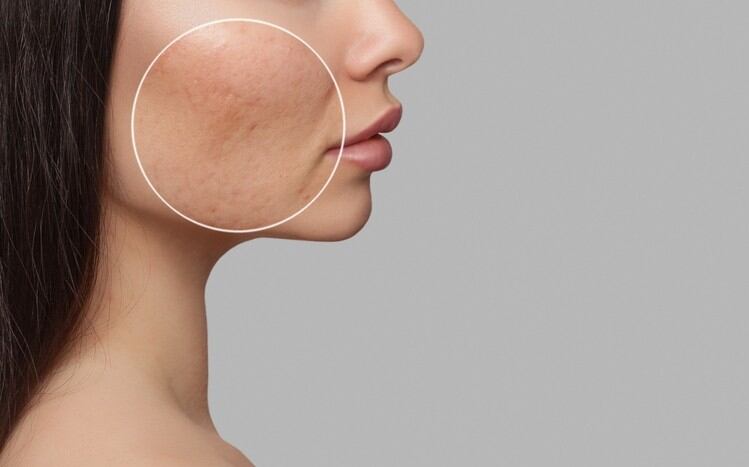Rising demand for beauty products made from natural sources has catalysed research on the benefits of naturally derived ingredients, such as polysaccharides, but few findings have translated into application in products.
As such, researchers at Beijing Normal University & Hong Kong Baptist University United International College and National University of Singapore conducted a review to evaluate the properties of natural polysaccharides and the challenges to their applications.
Naturally occurring polysaccharides can be obtained from plants, algae and fungi through extraction, isolation and purification.
They have distinct structural features, including molecular weight, monosaccharide composition, glycosidic linkages and more, which contribute to their varied functional properties.
Depending on their physicochemical properties, the polysaccharides may be formulated into products such as thickeners, conditioners and emulsifiers.
In most cases, however, the application of polysaccharides is determined not only by their physicochemical properties, but also biological activities. These include the ability to absorb and retain moisture, as well as their antioxidant, anti-inflammatory, anti-collagenase and anti-tyrosinase behaviours.
“Despite the beneficial properties of polysaccharides, many issues, such as the safety and optimisation of the extraction process, need to be addressed before they can be incorporated in products,” the authors said.
Prospects and challenges
According to the review, several new sources of natural polysaccharides with various moisturising effects were recently discovered. For example, polysaccharide from Brasenia schreberi Mucilage (a freshwater aquatic plant) and Tremalla fuciformis (a species of fungus) can regulate gene expression and transcription to provide hydrating benefits.
It was also demonstrated in studies that the moisturising effect of polysaccharides could be significantly improved through chemical modification. Polysaccharides with a higher molecular weight are more likely to form a net-like structure to prevent water loss, resulting in better moisturise-retention properties.
“If the relationships between the bioactivities and structural characteristics of polysaccharides are well explored, it will provide a clearer direction for researchers to generate modified polysaccharides with enhanced bioactive effects,” the authors explained.
Polysaccharides derived from red algae are rich in antioxidant and antimicrobial activities, while those extracted from brown algae contain anti-pigmentation properties, making them great candidates for developing whitening products.
Similarly, polysaccharides from blue-green algae were found to have promising effects for application in anti-allergy and anti-ageing products, although further purification and functional analyses should be carried out.
Fungal polysaccharides play host to myriad benefits that boost skin health and modulate immune function. Those derived from edible mushrooms, in particular, are commonly non-cytotoxic components, which make them highly suitable for cosmeceutical applications.
In addition, a study showed that polysaccharides extracted from a type of red ginseng by-product can prevent ageing caused by UV light. This suggests that approximately 8,000 tonnes of by-product each year could be utilised for beauty products rather than discarded.
Nevertheless, the complexity of the extraction and purification processes could interfere with the effects of polysaccharides and results of application.
“Beyond discovering new ingredients, in-depth research into the areas of biosafety, such as toxicity and side effects, identification of mechanism of action, exploration of structure-activity associations, and analysis of clinical impact are necessary to examine the potential for sustainable and large-scale commercial applications,” the authors concluded.
Source: Polysaccharides
https://doi.org/10.3390/polysaccharides3040048
“Skin Health Promoting Effects of Natural Polysaccharides and Their Potential Application in the Cosmetic Industry”
Authors: Yueying Yao, et al





